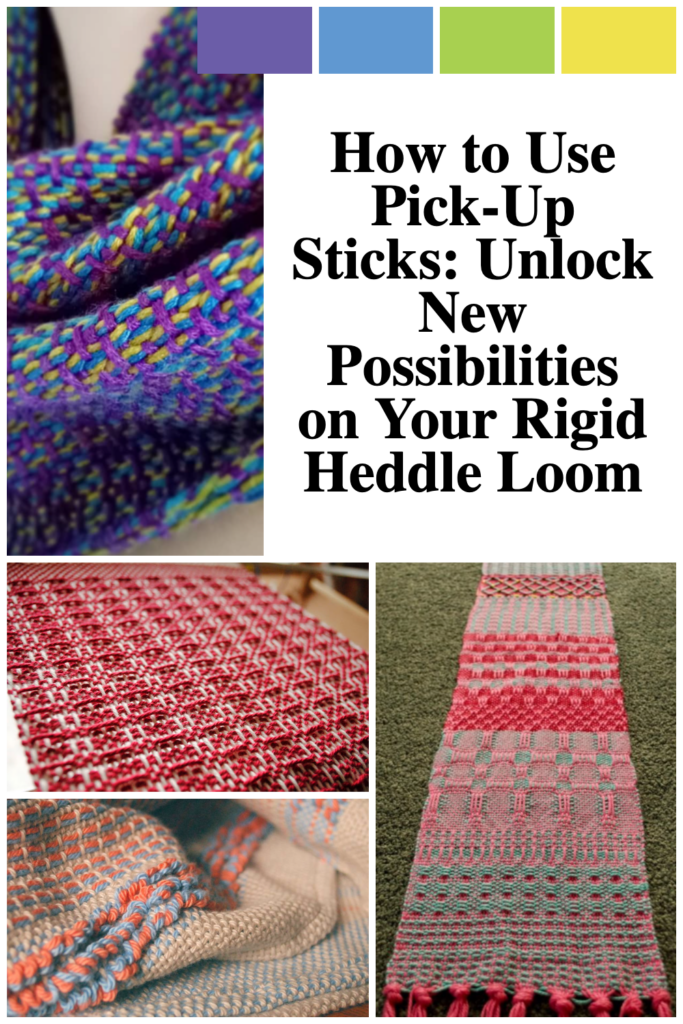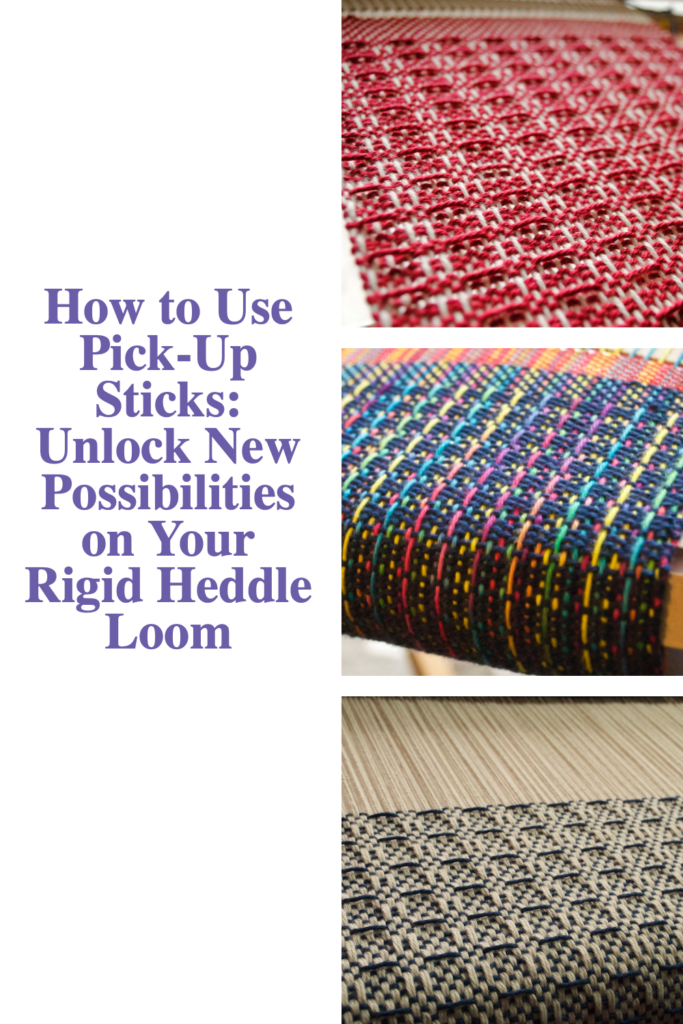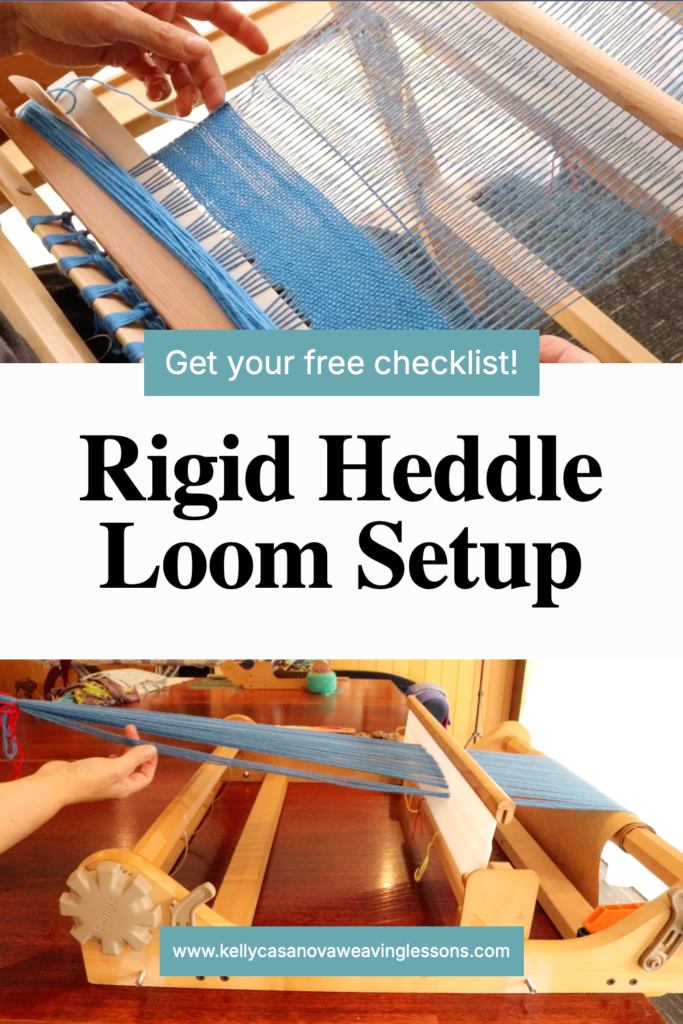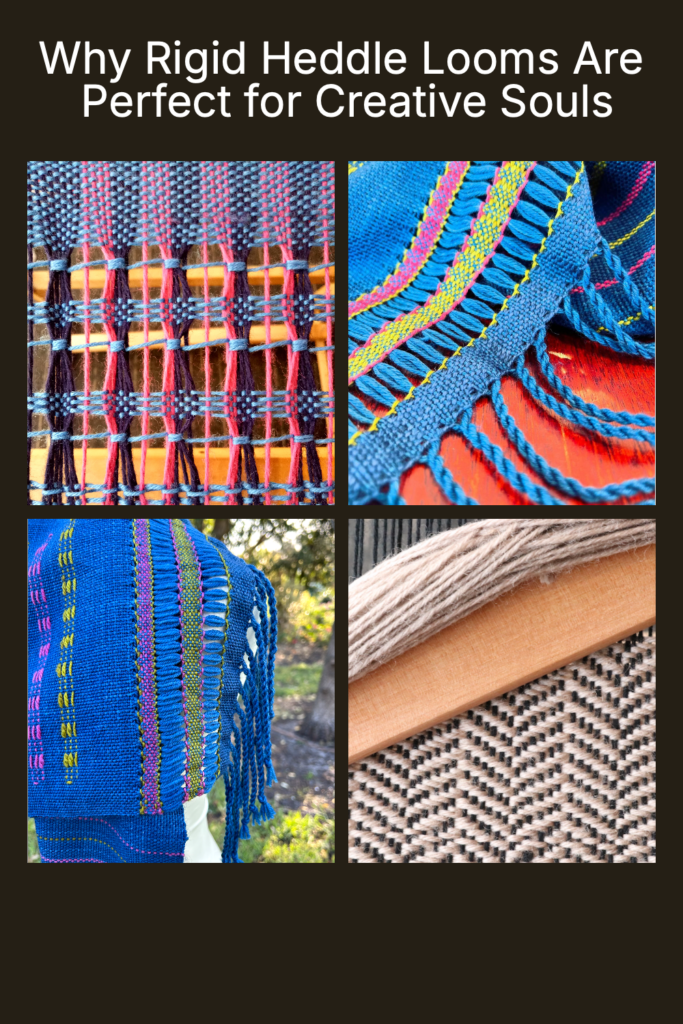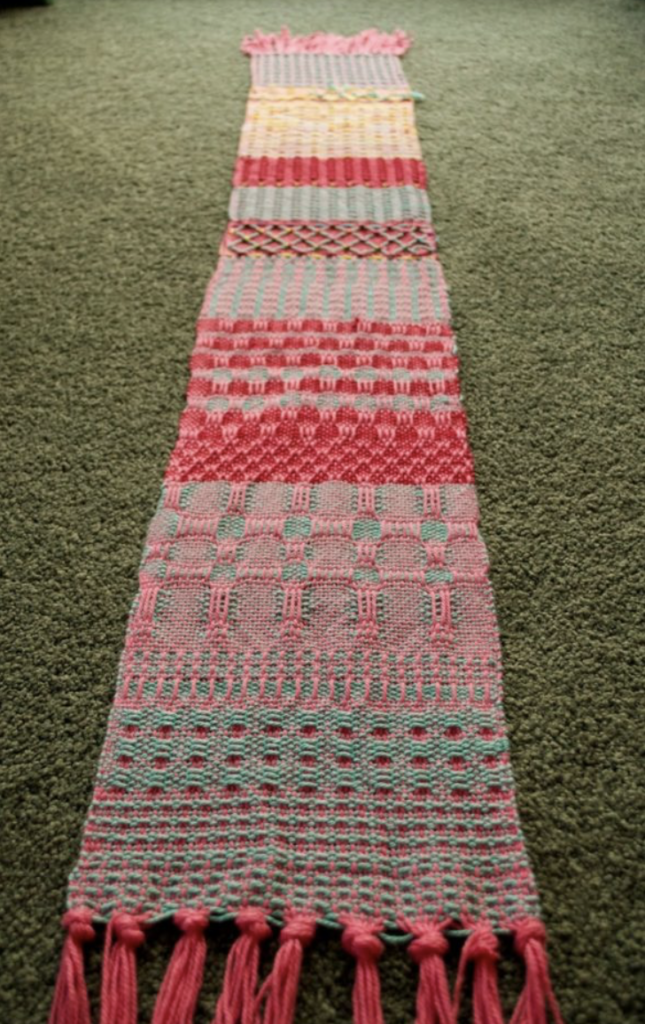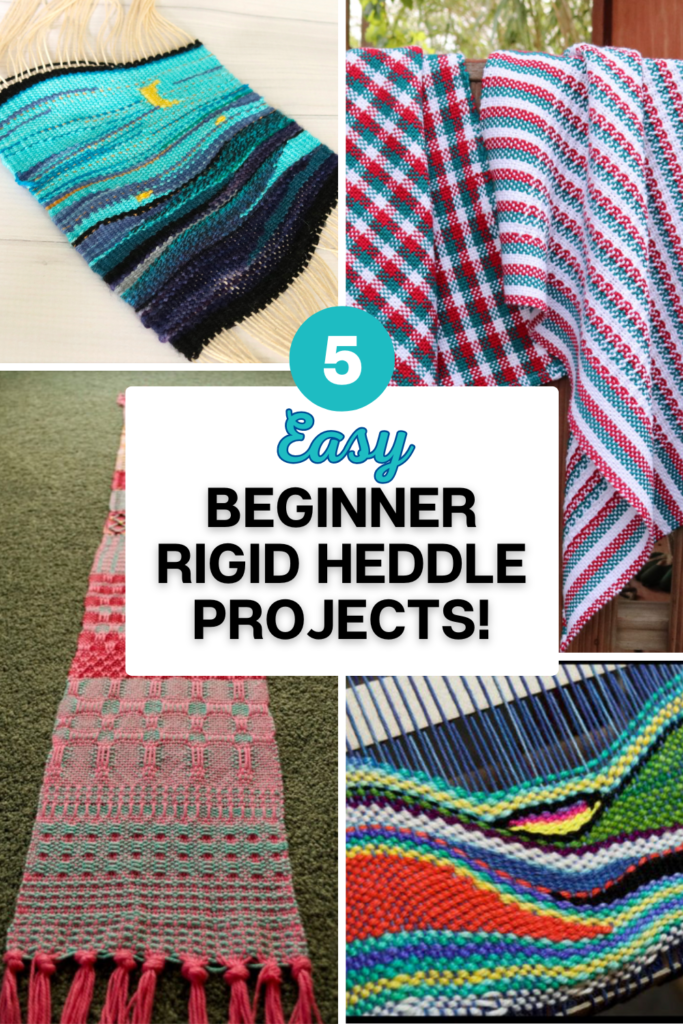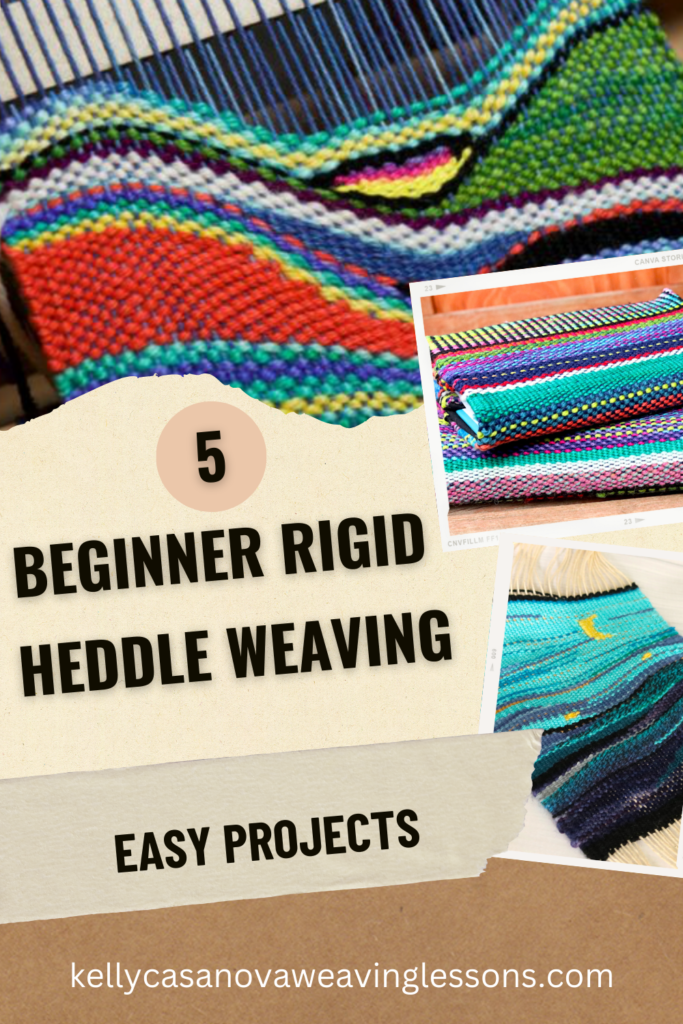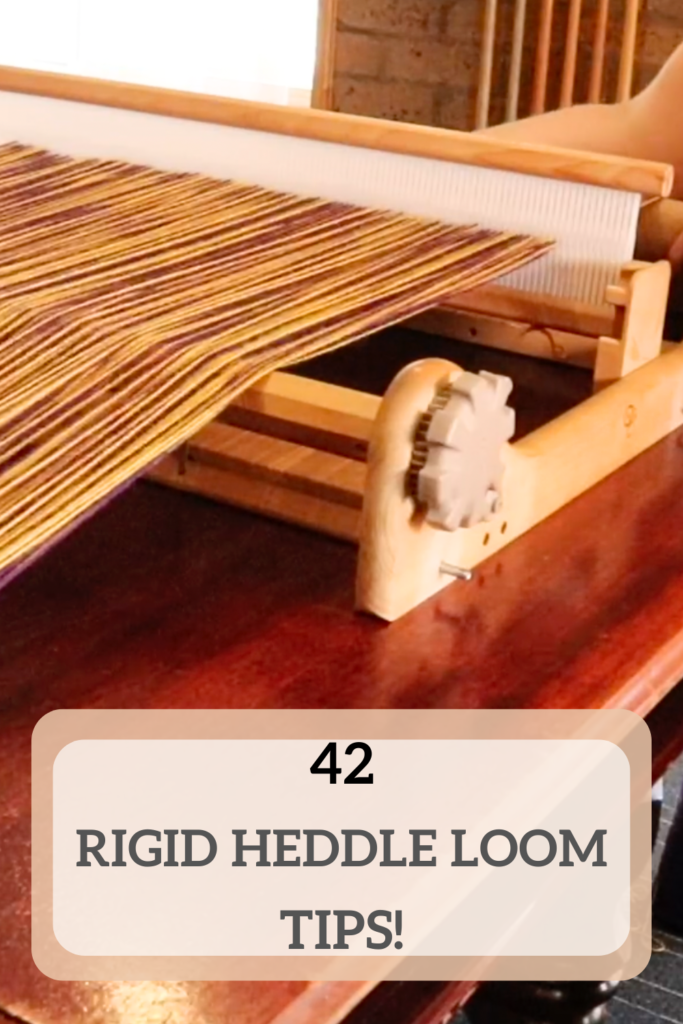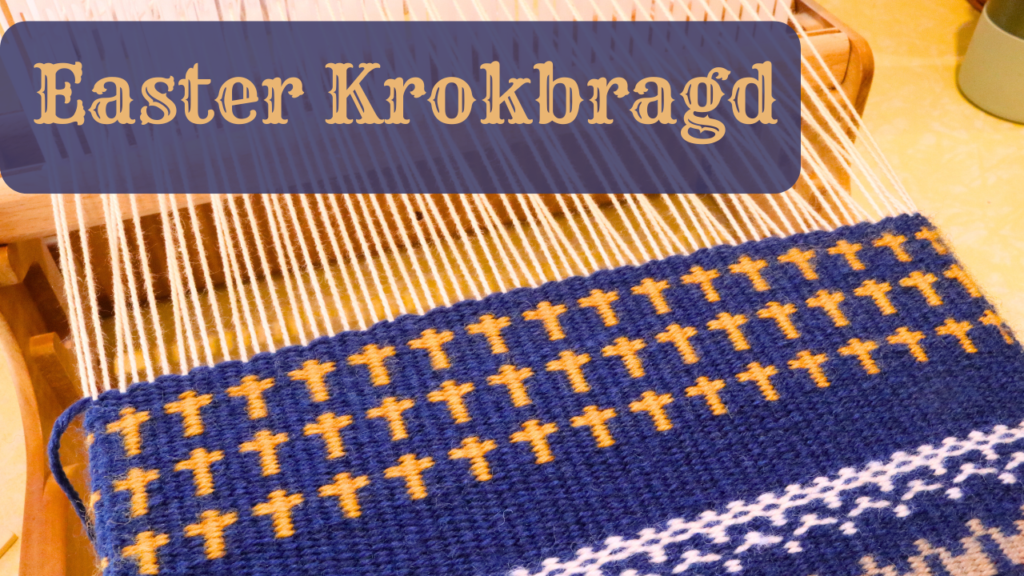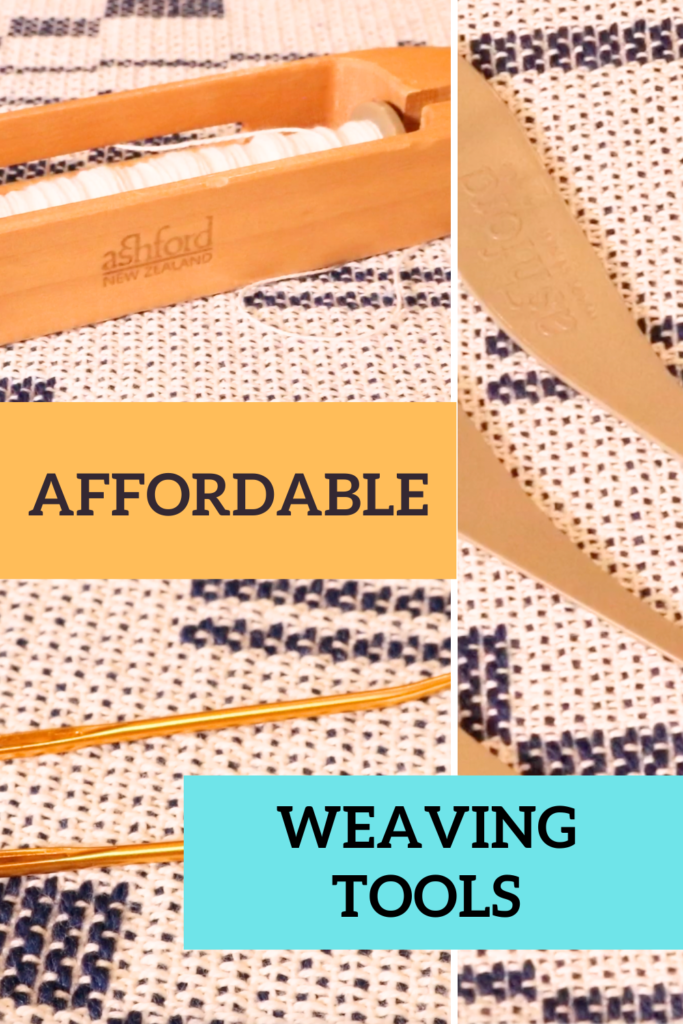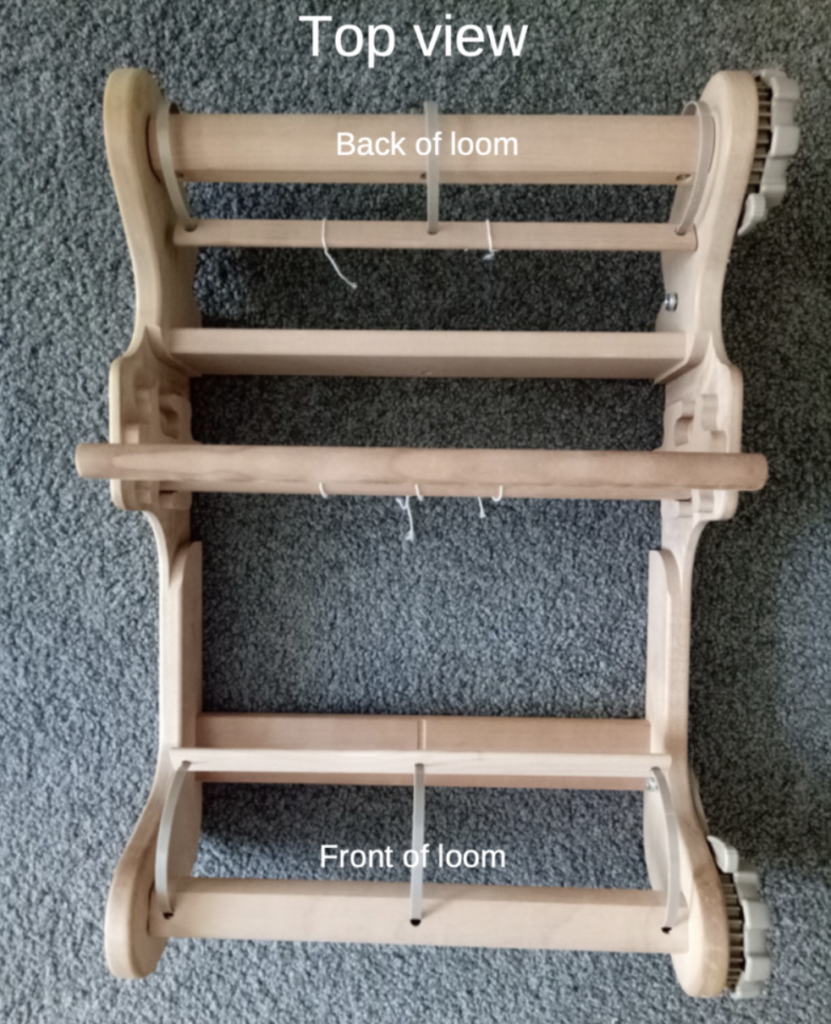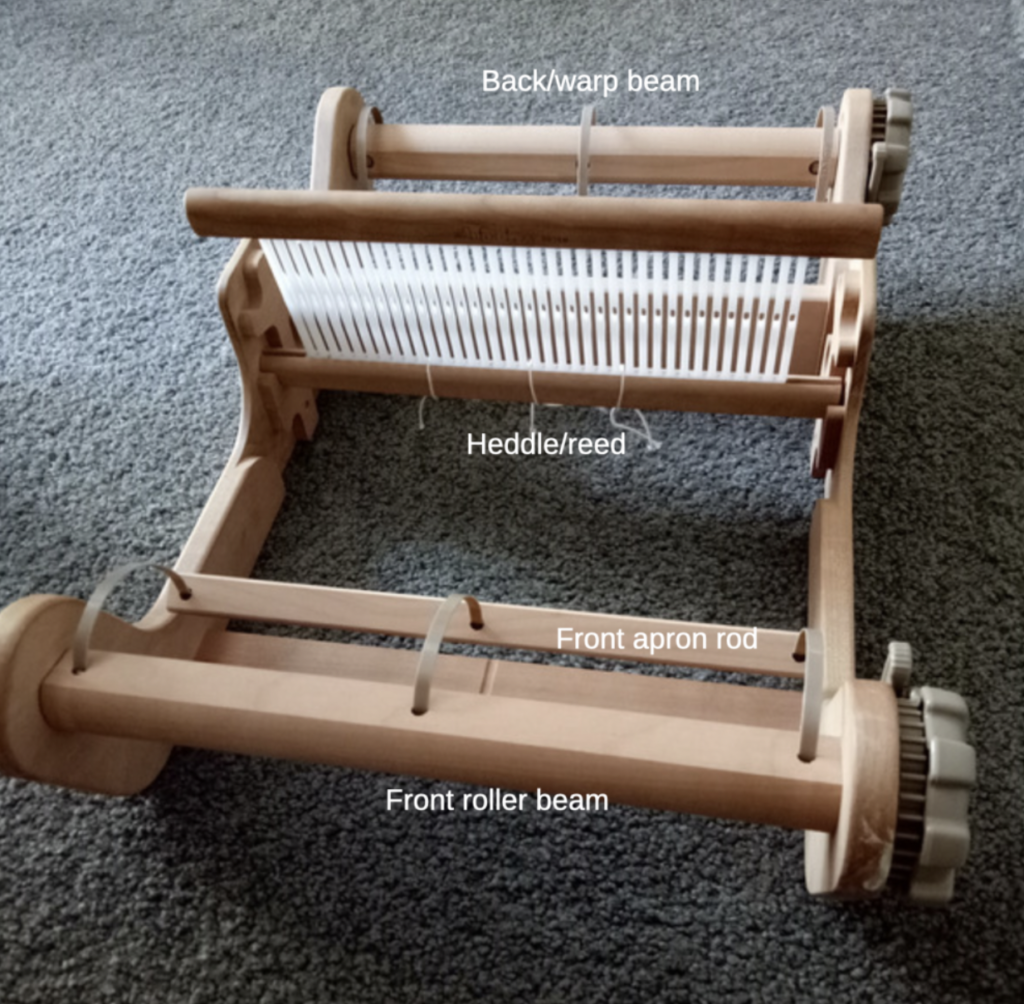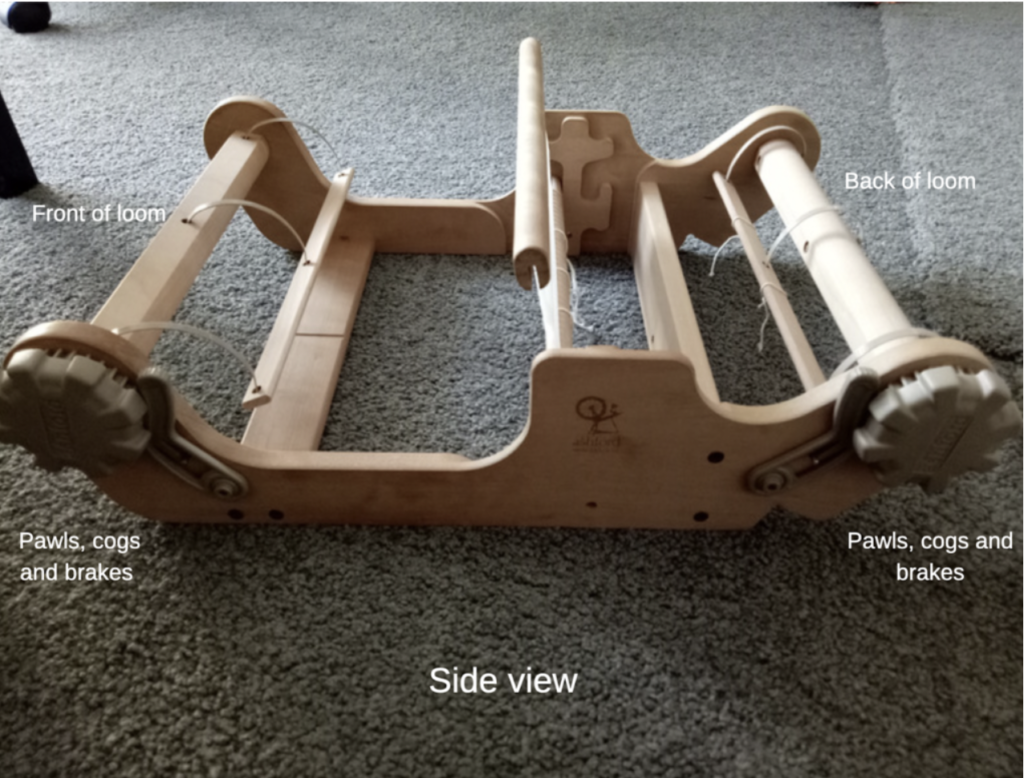Spring is such a wonderful season, bringing with it a sense of renewal and fresh inspiration! It’s the perfect time to breathe new life into your home décor with seasonal weaving projects that celebrate the colors and lightness of the season.
Whether you’re just beginning your weaving journey or have been creating for years, weaving for spring offers endless opportunities to play with vibrant hues, pretty fabrics, and cheerful designs. From brightening up your living spaces to adding handmade touches to your décor, these projects are a wonderful way to welcome the season in style.
Let’s explore how you can bring the beauty of spring into your home with a few simple yet stunning weaving project ideas!
Spring-Inspired Color Palettes: Pastels, Floral Tones, and Fresh Greens
Spring provides weavers with so much inspiration when it comes to color – it feels like all of a sudden color is all around us, bursting to life! Here are some ideas for getting started:
- Pastels: Soft and Serene
Pastels are a hallmark of spring, offering a gentle yet uplifting aesthetic. Shades like lavender, blush pink, baby blue, and buttery yellow evoke the softness of new blooms and fresh mornings. These colors work beautifully in projects where you want a light, airy feel. Pair pastel hues with white or cream for a classic springtime look, or blend multiple pastels for a dreamy, watercolor effect. - Floral Tones: Bright and Cheerful
For a bolder take, draw inspiration from the vivid colors of spring flowers. Tulip red, daffodil yellow, hyacinth purple, and rose pink can infuse your weaving projects with joyful energy. These colors work well as accents or focal points, especially when paired with more subdued tones like gray or beige to balance their brightness. - Fresh Greens: A Nod to Nature
Nothing says spring quite like green! From soft sage to vibrant emerald, green hues symbolize growth and renewal. Incorporating fresh greens into your weaving not only mirrors the season’s natural beauty but also adds a grounding element to your designs. Pair greens with floral tones for a garden-inspired look or mix them with neutrals for a calm, earthy feel.
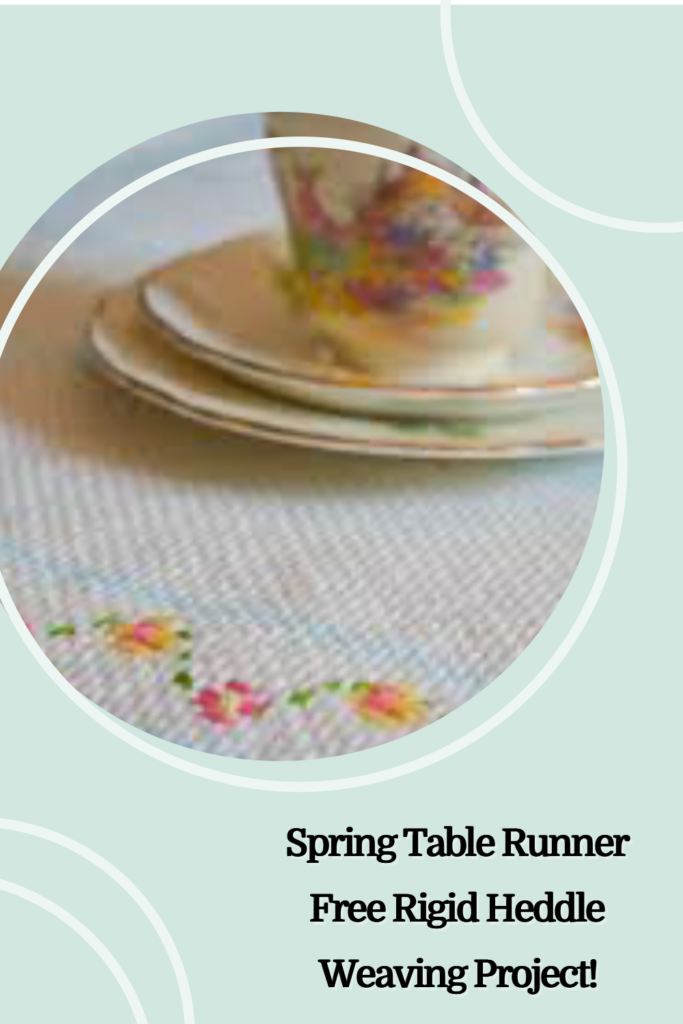
Project Ideas for Spring Home Décor
Many of us dive into spring cleaning with a strong urge to refresh our spaces and embrace the opportunities of a new season. Why not channel that same spirit into weaving projects that enhance your home with clean, airy, and light-filled aesthetics? From soft textiles to cheerful pops of color, weaving offers endless ways to complement the fresh start spring inspires.
- Handwoven Table Runners
- Perfect for springtime gatherings or brunches or just to show off your shiny clean dining table!
- Try a beautiful, light cotton or cottolin.
- My free rigid heddle weaving project, The Spring Table Runner incorporates soft cottons in light colors with floral embroidered embellishments.
- The Log Cabin Table Runner is also a great project for this time of year with a bold design and customisable colors.
- Wall Hangings with Floral or Abstract Pastel Themes
- A pop of colour or harmonious artistic piece to adorn your wall.
- There is so much licence for creativity when you weave a wall hanging. It can be completely understated to blend with your surroundings or it can be a bold stand out piece.
- The Art Cloth Workshop is the perfect starting point for a truly unique project that could easily become a wall hanging.
- If you’re interested in circle weaving, a round hoop also makes a unique decor piece.
- Lightweight Throw Blankets
- Ideal for chilly spring evenings. You might feel it’s too soon to be thinking about blankets, but as the season moves towards winter those evenings can be quite cool. How lovely to think of cosying up with a blanket that is light and soft.
- Use breathable fibers like bamboo or cotton blends that are lovely and soft.
- Here are some project ideas to inspire:
- Overshot Floor Loom Throw
- Double Width Baby Blanket
- Double Width Plaid Blanket
- Double Width Floor Loom Blanket
- Weaving Cushion Covers
- Create textured or patterned cushions with bright pops of color. This is such a fantastic way to bring splashes of color that draw the eye but don’t overwhelm.
- There are many possibilities for design, from a simple and classic plain weave to a more busy twill to a show stopping overshot.
- The Pick Up Perfection Class project is a gorgeously contrasted cushion cover using thick and bold cottons.
- Light Spring Scarf
- You may not be ready to rug up with a wooly winter scarf just yet but how about transitional garments?
- The Garden Path Scarf is great for this time of year as the design has a very light, airy and open texture.

Quick Spring Weaving Tips
- Move outdoors! If you have a loom that is portable, try taking it outside when the weather is pleasant. Weaving outdoors is a wonderful way to relax, enjoy the fresh air and birdsong.
- Try something new! Experiment with patterns like stripes, plaids, color and weave and so much more.
- Clean and organise your weaving space! Nothing makes you feel more motivated than a well arranged space where you can find what you need and know what materials you have to work with.
Find your Style
- Make a Spring Inspired board on Pinterest. Check out what other weavers or interior designers are working on and be inspired by them.
- Take photographs, especially outdoors. Then you can use an app to generate a color palette for you based on your photo!
- Get familiar with the basics of color theory.
- Use online resources like color generators or spring color palette choosers to help you choose colors you love.

As the days grow warmer and nature comes to life, there’s no better time to embrace the season with your own handmade creations. Spring is all about renewal, and weaving allows you to infuse your home with fresh colors, light textures, and a touch of personal artistry. A change in the season is a wonderful opportunity to recharge and reassess. So gather your materials, let your creativity flow, and welcome spring with the beauty of your handmade décor!
Until next time…
Happy Weaving!

